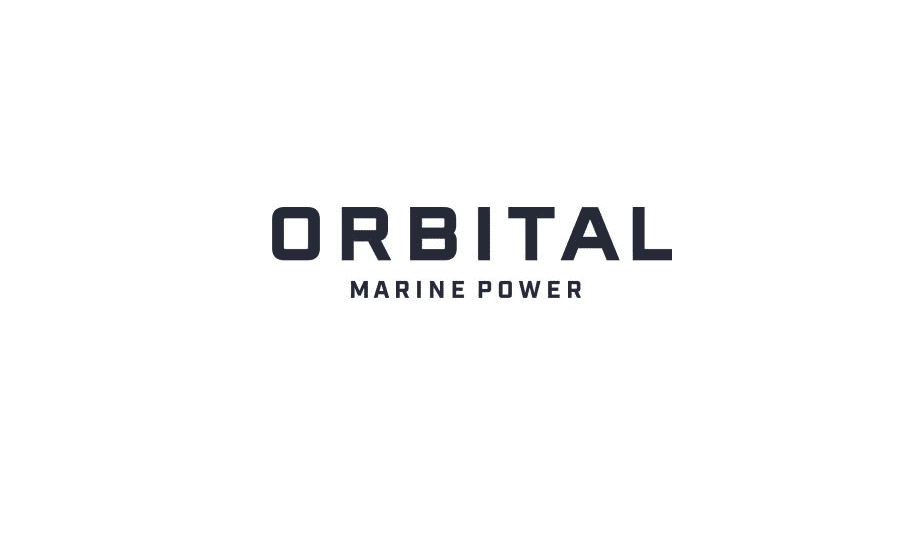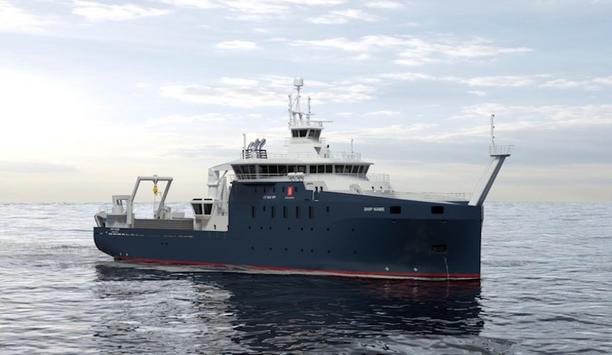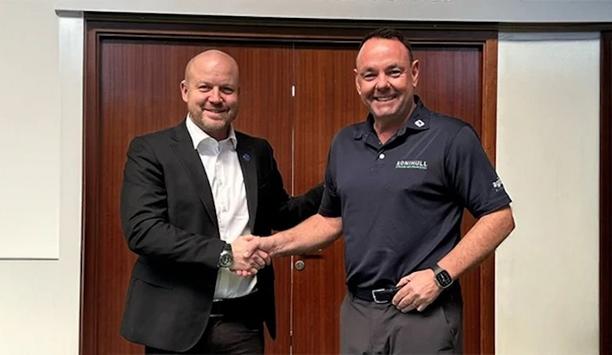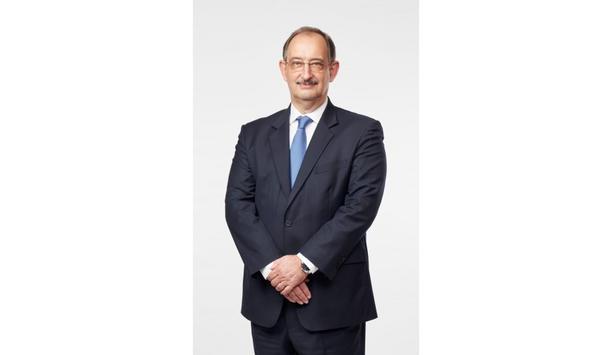One of Orbital’s key objectives is reducing carbon emissions by harnessing an entirely untapped source of renewable energy. In doing so, the company aim to help restore oceans after what has been a disastrous decline in species and ocean health over the past two centuries.
UK is fortunate that it has a well-established environmental licensing framework for the deployment of tidal turbines in the marine environment, which has led to extensive environmental characterisation and monitoring of tidal stream sites with and without technologies deployed. Innovative environmental monitoring research programmes have looked at a myriad of characteristics and areas of interaction.
Testing grid-connected turbines
Nowhere has been home to more of these efforts than at the European Marine Energy Centre (EMEC) in Orkney, where Orbital has tested three grid-connected turbines alongside numerous other marine energy test programmes.
Evidence from around 10,000 hours of wildlife observations at EMEC’s sites has indicated no significant long-term changes in the distribution of birds or marine mammals due to the presence and operation of wave and tidal devices.
Noise signature of the O2
Orbital is currently progressing an acoustic survey of its O2 tidal turbine, conducted by EMEC
Orbital is currently progressing an acoustic survey of its O2 tidal turbine, conducted by EMEC under the Horizon 2020 FloTEC and FORWARD 2030 projects, to better understand the ‘noise signature’ of the O2.
This and other monitoring programmes around projects, will continue to advance the understanding of the ecologies deployed in technology and the interactions it may have.
Understanding potential environmental interactions
The Orbital team is committed to increasing the understanding of potential environmental interactions associated with the large-scale deployment of tidal stream technology (see further reading below) and the company is doing their part to support more extensive environmental monitoring programmes.
Furthermore, the company is cognisant that, as deployed turbine numbers grow in the years ahead, the environmental risks may change and for this reason and it need to remain diligent and proactive by continuing to study and assess environmental interactions with the technology.
Man-made climate change
It’s also important not to lose sight of the fact that man-made climate change is by far the biggest threat to the world’s marine life.
And on this aspect, a full assessment of the carbon footprint of the first O2 was previously conducted, which concluded that while the project can run for 20 years, it can offset from the UK grid mix the carbon emitted by the project within 11 months, if it is assumed that the electricity being generated is offsetting gas power generation, which is often the case in the UK.
The tidal stream projects
Orbital is confident that tidal stream projects, deployed with recyclable hardware, licensed within a robust environmental assessment framework and monitored to gain a better understanding of any potential environmental impact, either positive or negative, are highly responsible, sustainable forms of development that will deliver environmentally benign economic activity while helping turn the tide on climate change.










